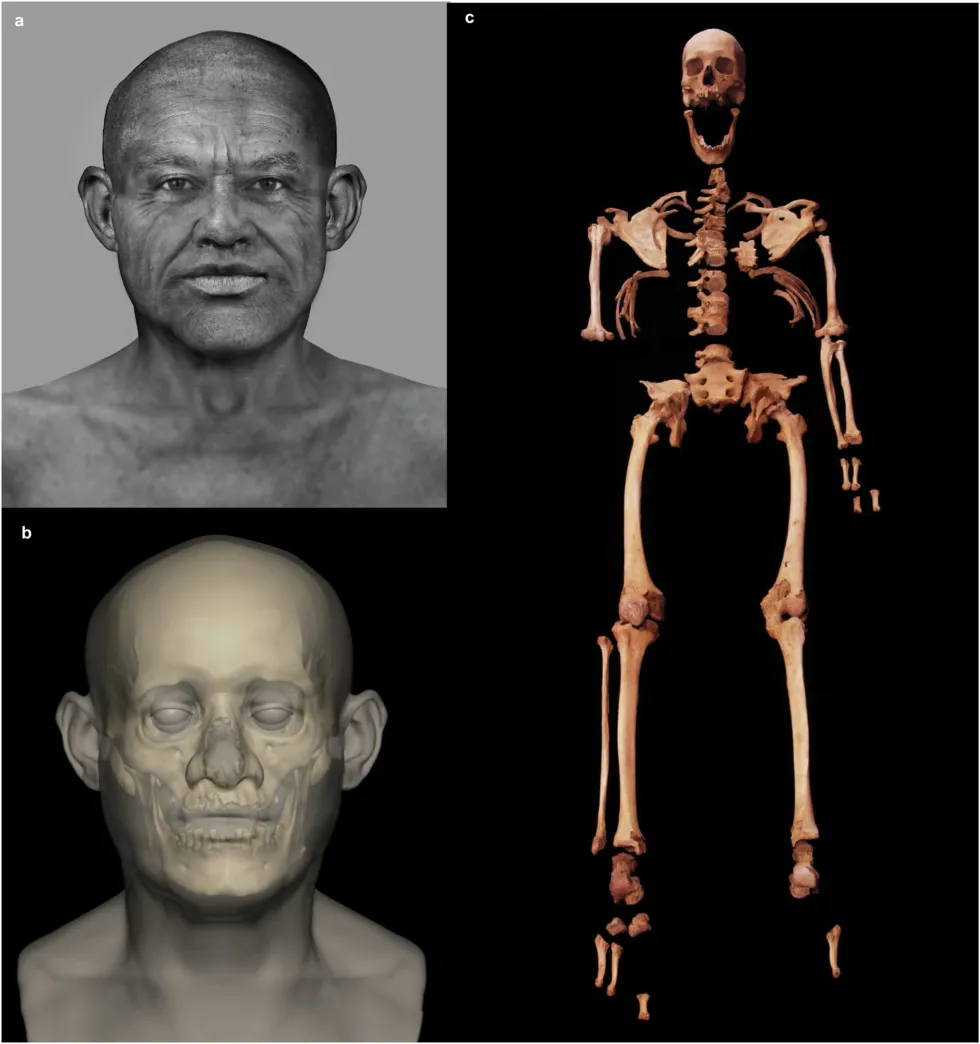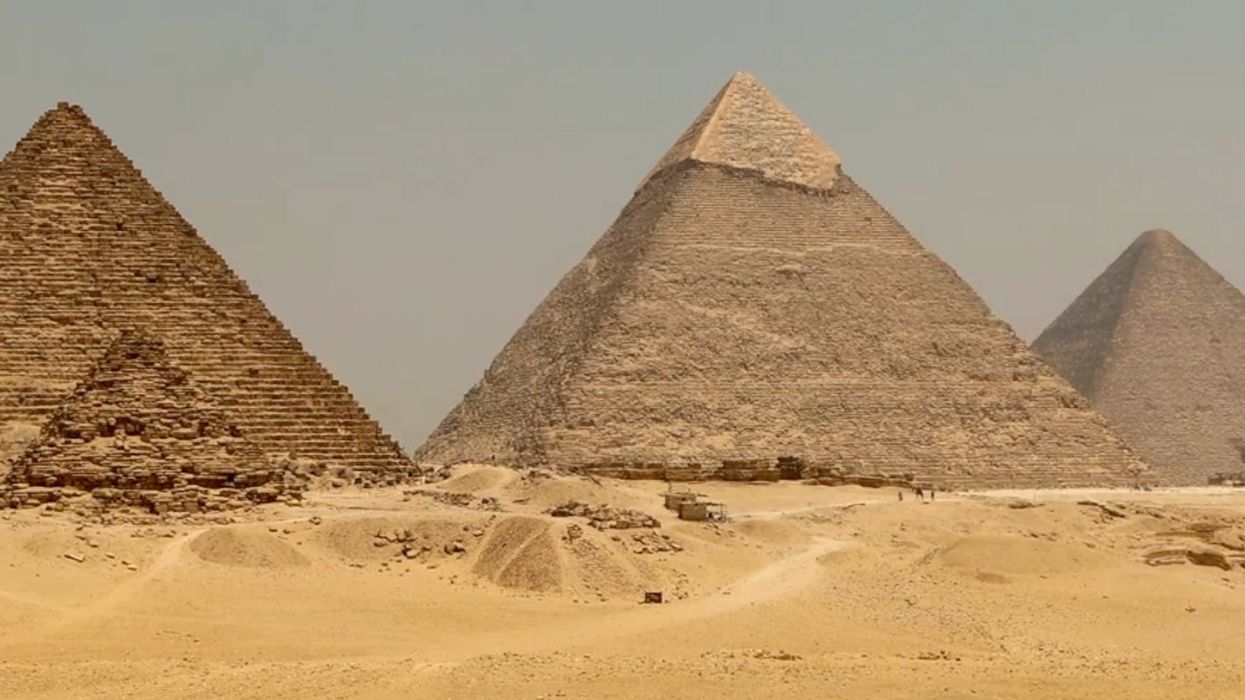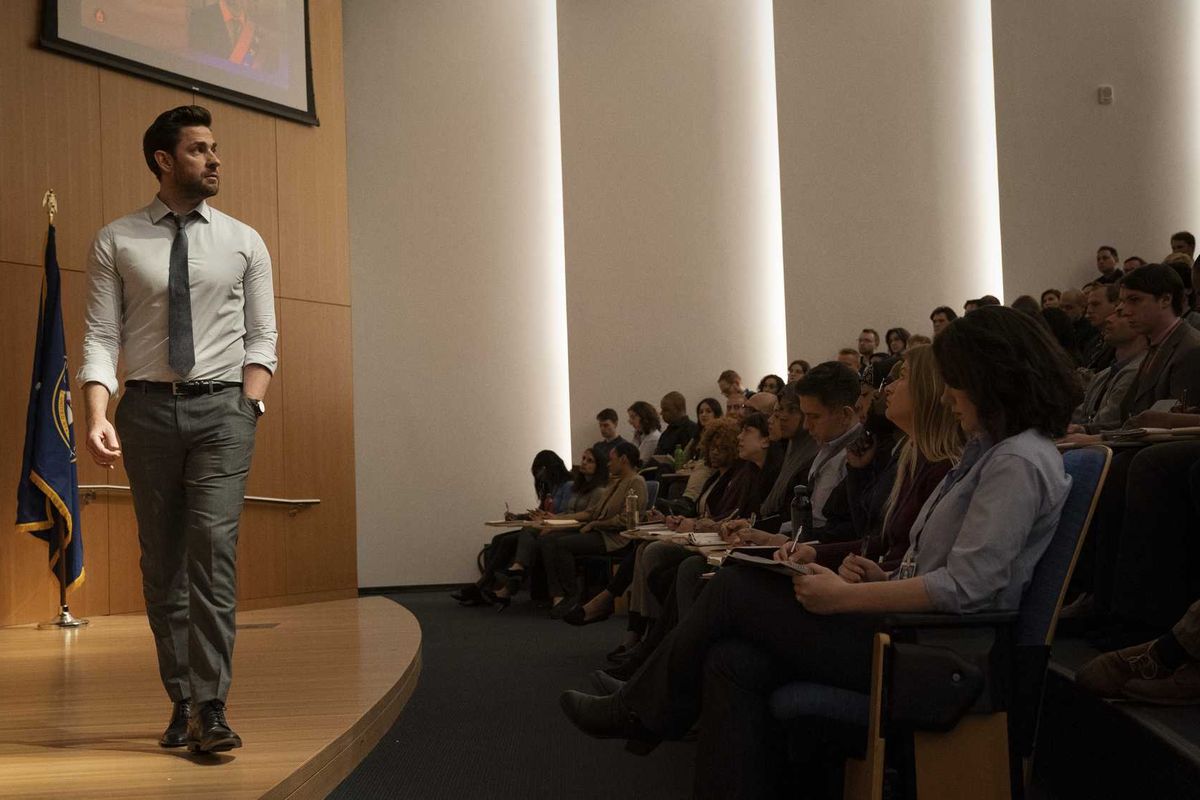Ellie Abraham
Jul 03, 2025
Experts may have just figured out how the ancient Egyptians built the …
ZMG - Amaze Lab / VideoElephant
Ancient Egypt is a period of time that elicits great fascination and, even today, secrets from that era are continuing to be uncovered.
For the first time, scientists have now been able to sequence DNA from the complete genome of someone who lived in Egypt around 4,800 years ago when the pyramids were being constructed.
The man’s remains were found within a necropolis in the ancient city of Nuwayrat, located 265 kilometres (165 miles) south of Cairo. It’s thought the man died between 2855 and 2570 BCE, and he was buried inside a pottery vessel that was kept inside a tomb.
Experts say the genome belongs to an older male who they believe had brown hair, brown eyes and dark skin. He was most likely part of the elite social class, according to researchers.
The results found that around 80 per cent of the males’ genome had links to lineages from North Africa, with the remaining 20 per cent originating from lineages in West Asia.
They suggest that Egyptians during that time lived in a melting pot society, thanks to the arrival of migrants and traders from other parts of Africa as well as Mesopotamia, which is an ancient region comprising parts of modern-day Iraq, Syria, Turkey and Iran.
Archaeologists have also uncovered evidence that culture and goods were traded between the regions with the sharing of things like domesticated plants and animals, writing systems and pottery wheel technology.

Experts say it provides “direct evidence of genetic ancestry” from Mesopotamia.
The incredible discovery is the oldest DNA ever recovered from ancient Egypt, and it comes despite human DNA being difficult to preserve in hot and dry climates.
“Ancient Egypt is a place of extraordinary written history and archaeology, but challenging DNA preservation has meant that no genomic record of ancestry in early Egypt has been available for comparison,” explained geneticist Pontus Skoglund from the Francis Crick Institute.
“Building on this past research, new and powerful genetic techniques have allowed us to cross these technical boundaries and rule out contaminating DNA, providing the first genetic evidence for potential movements of people in Egypt at this time.”
It is thought that, when he was alive, the man stood at 160 centimetres (5.2 feet) and was probably somewhere between 44 and 64 years old, which was old for the time.
He had badly worn teeth and arthritis, but it seems, due to his burial, that he was of an important social status. However, his body also showed signs of him having undertaken physical labour.
“His seat bones are expanded in size, his arms showed evidence of extensive movement back and forth, and there’s substantial arthritis in just the right foot. Though circumstantial, these clues point towards pottery, including use of a pottery wheel,” bioarchaeologist Joel Irish from Liverpool John Moores University, posed.
“That said, his higher-class burial is not expected for a potter, who would not normally receive such treatment. Perhaps he was exceptionally skilled or successful to advance his social status.”
Analysing the isotopes in his teeth, experts say he likely lived in the Nile Valley and ate mostly animal protein and plants, such as barley and wheat.
“This individual has been on an extraordinary journey. He lived and died during a critical period of change in ancient Egypt, and his skeleton was excavated in 1902 and donated to World Museum Liverpool, where it then survived bombings during the Blitz that destroyed most of the human remains in their collection,” archaeogeneticist Linus Girdland Flink from the University of Aberdeen, said.
“We’ve now been able to tell part of the individual’s story.”
Why not read…
'Second hidden city' discovered 2,000 feet under Giza pyramids
Bizarre sick day excuse discovered on ancient pyramid tablet
Archaeologists discover mysterious mummies in Chinese desert
Sign up for our free Indy100 weekly newsletter
How to join the indy100's free WhatsApp channel
Have your say in our news democracy. Click the upvote icon at the top of the page to help raise this article through the indy100 rankings
Top 100
The Conversation (0)














